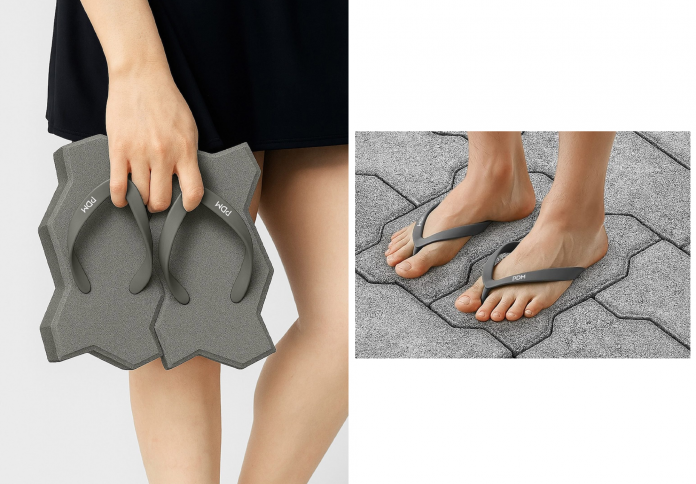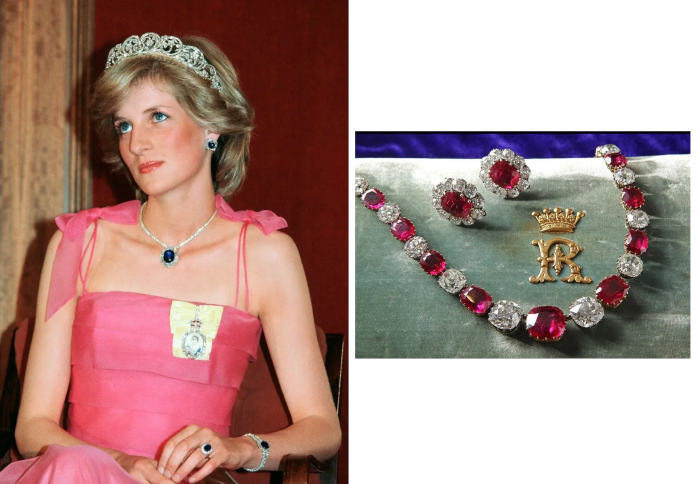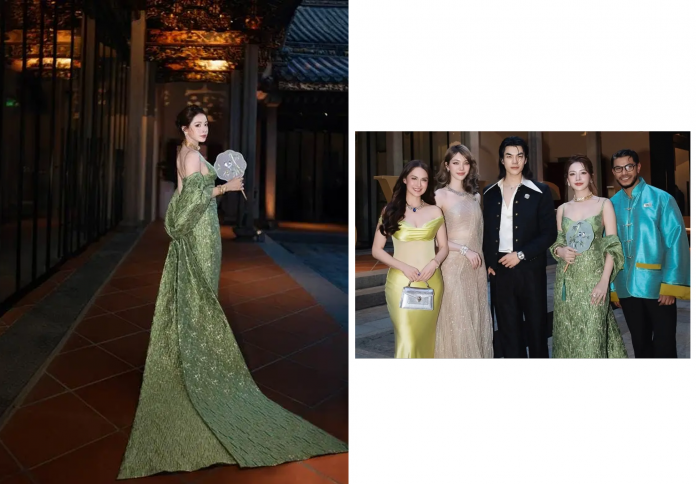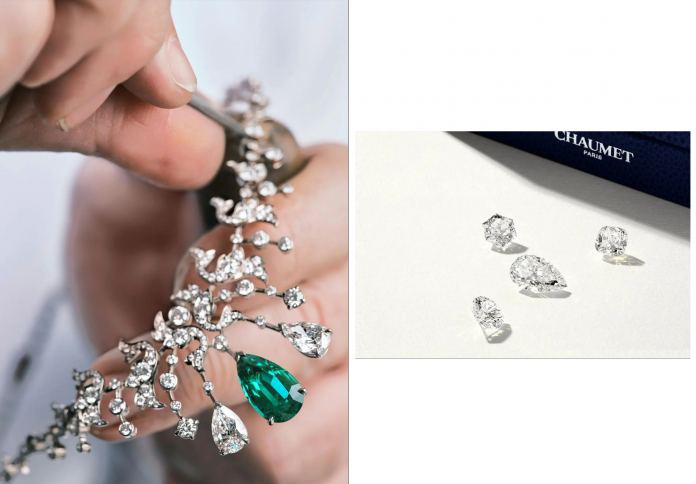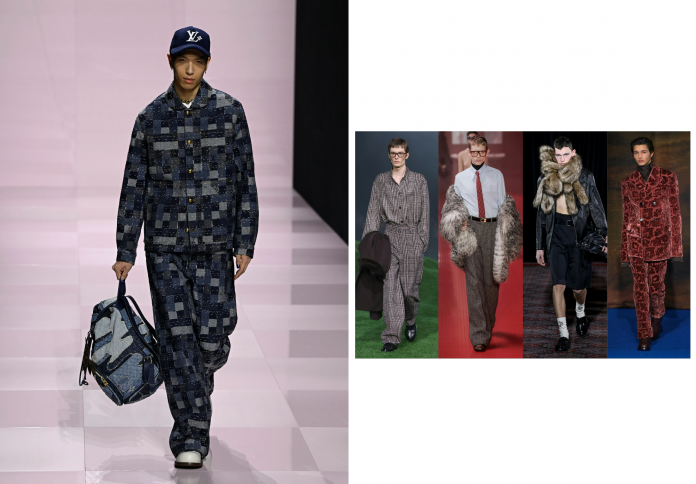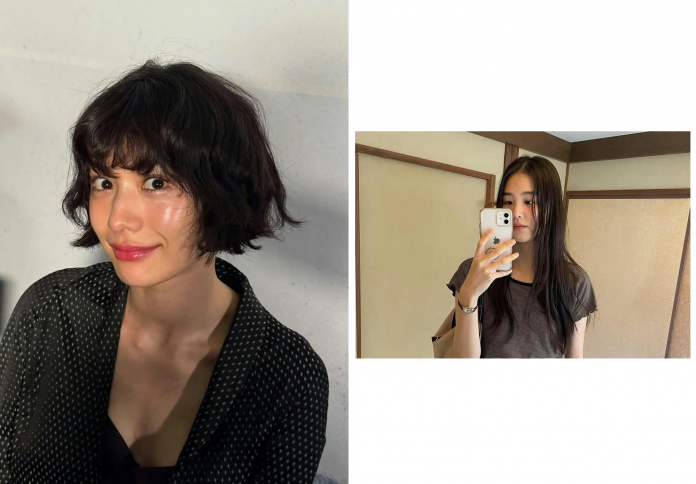What if your shoes didn’t just protect your feet, but integrated you into your environment? A new unisex sandal design mimics the iconic zigzag concrete pavers found on streets, turning each step into a playful alignment of wearer and pavement. With rugged geometry, cushioned materials, and a wink of design irony, these flip-flops blur the line between object and ground—inviting users to literally become part of the sidewalk narrative.
Design that mirrors the city
The sandals take their shape from Thailand’s distinctive zigzag paving blocks—those sturdy, angular bricks that interlock to form rhythmic urban surface patterns. Translating hard-edged concrete into wearable soft forms, the designers created footwear that fits exactly into those same sidewalk grooves. When worn, the sandals appear as living extensions of the pavement, as if the person and the city are physically connected.

This tongue-in-cheek approach is both humorous and conceptual. The sandaled feet blend into the paving, challenging the wearer and passerby to reconsider the threshold between street architecture and personal style. It’s a design that unifies rather than just covers—bringing wearer and walkway into a shared visual language.
Material play meets visual rigor

Despite their architectural inspiration, these flip-flops are engineered for daily wear. Crafted from cushioned EVA foam with a concrete-gray finish, they evoke the look of masonry while remaining light and flexible. The toe strap is similarly tinted, completing the monochromatic motif. Though chunky, the sandals retain a functional profile, balancing novelty with usability.
Interestingly, the block-like soles also interlock when shoes are placed together, echoing how the original pavers connect on sidewalks. This puzzle-like quality extends to the packaging, which reportedly mirrors the geometric footprint of the sandals. It’s design humor that doesn’t compromise coherence: visual, physical, and onceptual systems align.
A playful commentary on consumption and context
While the sandals may elicit smiles, they also invite reflection. In copying the city’s built surface, the design prompts a critique of urban form, consumption, and anonymity. The wearer—by blending in visually—risks becoming part of the pavement. It’s an ironic commentary about visibility, integration, and perhaps even erasure in dense public space.

The sandals also lean into local pride and cultural specificity. They reference Thailand’s ubiquitous paving tradition—not as generic motif but as lived urban texture. They celebrate craftsmanship in the most everyday material. By turning sidewalk blocks into personal adornment, the design asks where functionality ends and art begins—even in the simplest of objects.
When footwear becomes urban narrative
These paving-stone sandals exist at the playful intersection of architecture, identity, and humor. They are not meant to change the world—but they shift perspective. Walking with them becomes performance: wearer aligns with the street, city echoes in the sole, and every step is a silent joke and thought experiment in place and belonging.
At once tongue-in-cheek and thoughtfully executed, the flip-flops remind us that even mundane surfaces—pavement, sidewalk, threshold—can become design provocateurs. They ask us: how do we belong in our cities? And how can the objects we wear reflect and reshape the spaces we traverse?
